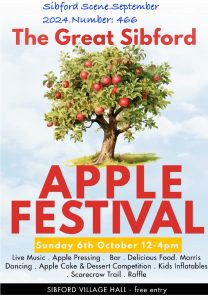Sibford Lunch Club
In the early 1990s Oxfordshire Social Services recognised that the rising number of elderly people living in the rural villages of North Oxfordshire had little or no support compared to their contemporaries living in the major towns where Day Centres provided support serving meals and social contact. At the same time some of the senior pupils at Sibford School were studying vocational courses preparing for careers in vocational work. These courses included catering, business, horticulture and health and care. Each of these courses had a practical requirement and the Health and Care course was led by the then Head of Sixth Form, Gill Manthorpe who lived with her family in the Fielding Boarding House. Judith Weeks, who lived in the Gower and worked for Social Services, was also a parent with a child at Sibford School who was taking the Health and Care Course. A connection was made. Sibford School could provide a safe environment for elderly people who lived in the rural villages around Sibford and who would benefit from the much-needed social contact. Fielding Day Centre was born in April 1992.
Each Wednesday the school minibus, driven by Gill, provided transport, Sibford School provided meals and the pupils prepared the friendly dining room. With the additional help of village volunteers, the elderly of our community soon enjoyed a full day programme of games, quizzes, coffee, lunch and tea plus the chance to meet up and chat together. The Sixth form pupils had a first-hand opportunity to understand and observe the needs of the elderly villagers.
The Day Centre in Sibford was one of the first set up in the rural communities of north Oxfordshire and was later funded by Oxfordshire County Council with a full-time organiser. Members had to be recommended by Social Services, the local surgery and the health Service.
In 2017 OCC ceased funding for transport and staff and what was a full day changed into a lunch club, meeting in the Sibford village hall with the continued support of Sibford School. With no OCC restrictions, membership was now open to villagers over 65 and members continue to value the opportunity to meet and enjoy a chat and lunch together every Wednesday.
New members are welcome – if you are interested, please contact Keith Hicks on 01295 780 259 or keith

